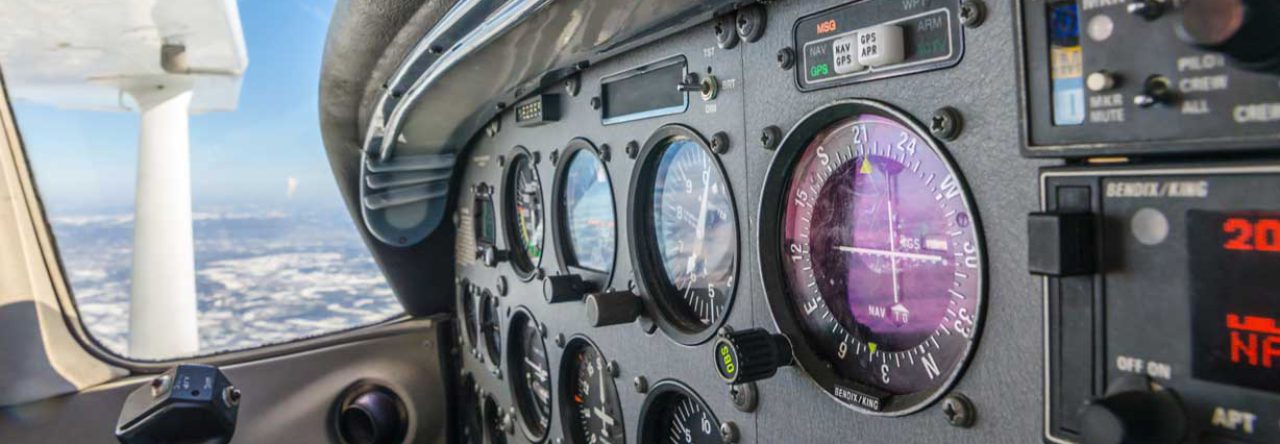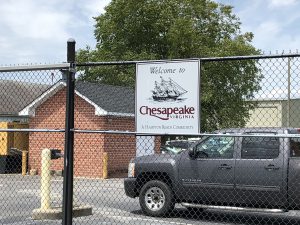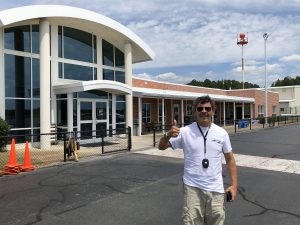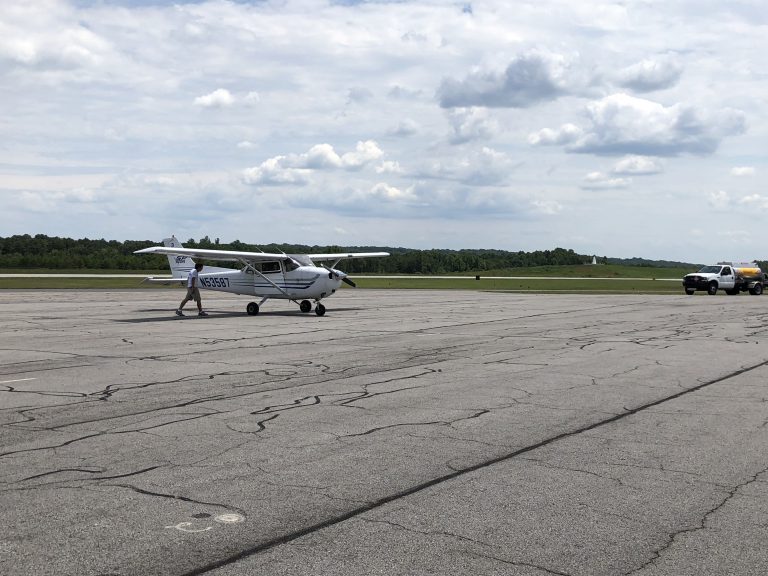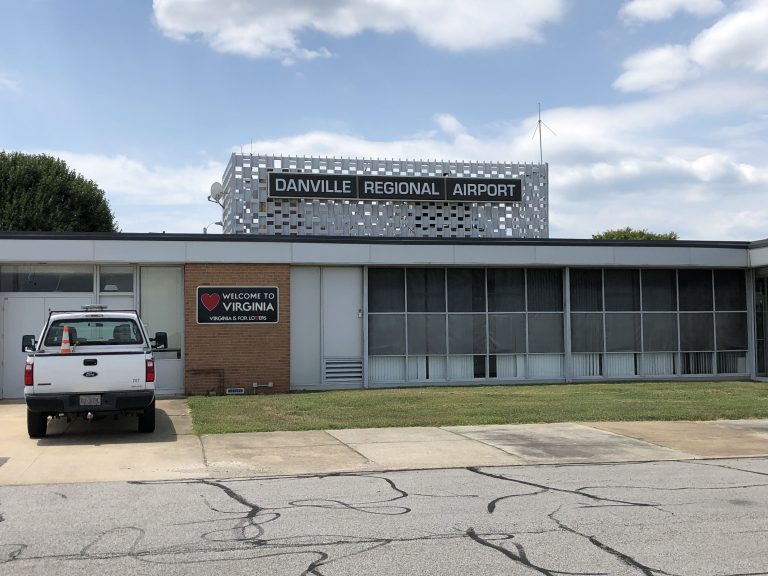As with the last flight, todays flight was about building simulated instrument and cross country time. I scheduled a 152 because… well… it’s slower and cheaper. Slower means that I don’t have to fly as far to get my time in and much cheaper.
In aviation, best laid plans plans always call for a backup. Sometimes a backup to the backup. We had planned on flying one of the same two routes as last week.
Primary route: TTA -> CRE -> EDE -> TTA
Secondary route: TTA -> CPK -> DAN ->TTA
Well as weather tends to do, it was looking like we would be thwarted on our primary and secondary. A trough of low pressure settled into the middle of our state and was threatening some nasty weather. As I do, I watched the weather all week and last night it wasn’t looking too good. In the morning before the flight, my safety pilot and I got together to assess the situation. It looked like all of the bad stuff would stay south and east of TTA until around 1-2pm and then we could expect building cumulus and afternoon thunderstorms. The North and west was looking awesome.
So plan 3: TTA -> SVH -> DAN -> TTA
It was about an hour and a half shorter of a trip but it kept us in good weather and close to home for the most part. We figured that it was better than nothing and we were being safe and responsible. One thing our club instructors have drilled into us is that you never play with the weather and we were prepared to cancel our plans all together.
We get to the airfield and if you were just to gauge the sky, you would think it would be an awesome clear sky day. Luckily, we have great weather tools that tell us otherwise.
Off TTA, we climbed to 3000′, dialed up Raleigh approach, requested flight following and away we went. The flight to Statesville (KSVH) was pretty uneventful and smooth. The plan was to work on keeping the heading and the altitude as close as possible. I kept altitude within 50 feet for most of the trip, a large part of that time I was within 20ft. In the end, I was pretty pleased with myself since the 152’s are pretty twitchy beasts. ok, done patting myself on the back.
On the way to Danville (KDAN), was a little more interesting. We climbed up to 5500′ for smooth air but turns out it was a good idea all around. As we neared greensboro, traffic started to get pretty heavy and we were given an altitude restriction. Turns out 5500′ was perfect because all of the traffic was around 3000′. We also listen to a lot of chatter over a drone spotted in Greensboro’s airspace at 6000′. PSA for Drone Pilots: Please don’t do this. Airspace near airports are largely crowded with aircraft in close proximity. And more importantly, climbing and descending through a lot of altitudes that drones fly. If a drone hits an aircraft (Especially general aviation aircraft) it’s very likely to be fatal.
The rest of the flight to DAN was pretty smooth, we landed Runway 2 and taxied up for fuel. We were greeted by a lineman who parked us and fueled us up.
Departing, I was sequenced to takeoff behind a learjet. I’m talking like there was some sort of grand plan here. It was just that he pulled out of his spot before me, lol.
Honestly, I was a little nervous taking off behind the lear. As a precaution, we gave it several minutes and followed the climb out safety rules. First, we made sure that we lifted off the runway at a distance before the lears takeoff point. Second, we made a quick turn as soon as were were high enough to avoid any other vortices.
On the way back to TTA, we heard some interesting chatter from a pilot stating that the first number on his transponder seemed only capable of registering a 0 or 1. Approach asked if he had another transponder. “Negative, this is my only one. Is it possible for you to give me a squawk that starts with 0 or 1?” Approach: “Probably not”. That was pretty much the end of it but I thought it was pretty funny.
As we neared TTA, you could see the clouds were now building and starting to come down a bit. We had plenty of room but our weather research and predictions were becoming reality.
We were able to make it back safely and confident in our ability to plan around the weather. As a side note, this sort of thing is a trap that we have to be vigilant not to fall into. This is our second trip in which we were able to plan around weather with successful outcomes. It is easy to feel too confident in your ability to plan these things. When that happens things can start to get sloppy. This is exactly how pilots end up in bad situations. Even though we have had two successes we must always plan carefully and making sure we have alternate options in case things go sideways.
Totals for this flight:
3.6 Cross Country
3.2 Simulated
Overall it was a fun day of flying. I didn’t really get to look outside much since I was flying with foggles but hey, I got to fly.
